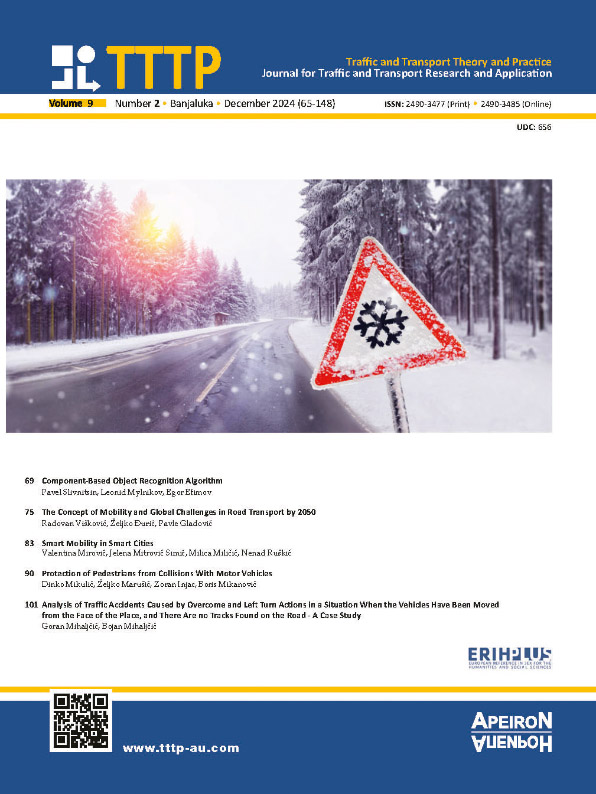ISO 26262 Functional Safety Systems for Road Vehicles
DOI:
https://doi.org/10.7251/JTTTP2402117KKeywords:
e-traffic, technological curve, energy, renewable sources, independenceAbstract
The dynamics in the global automotive industry are constantly evolving, opening pathways to new markets and technological paradigms. Advancements such as H2 and e-vehicles present clear opportunities but also entail challenges of uncontrolled development, particularly with the growing influence of China in the EU.
Traffic accidents involving vehicles with electric propulsion pose specific challenges for investigators and analysts. Analyses reveal increased complexity and harmfulness of these accidents, emphasizing the need for new methods of investigation and damage assessment, as well as for tightening regulations.
The production of e-vehicles faces financial challenges and technological demands. Production efficiency, including the use of one-piece chassis panels, is crucial for competitiveness in the market. The future of the automotive industry in the EU requires complex strategies focused on the development of e-vehicles for urban needs, H2 technology for freight trucks, and alternative fuels to ensure energy independence. Traffic safety is gaining importance, recognizing energy as a key factor in global security.
Attitudes of countries like the Netherlands towards e-vehicles vary, with the issue of electric energy availability highlighted as significant. In this complex landscape of the automotive industry, contemplating the future requires a balance between technological innovation, safety, and sustainability.
